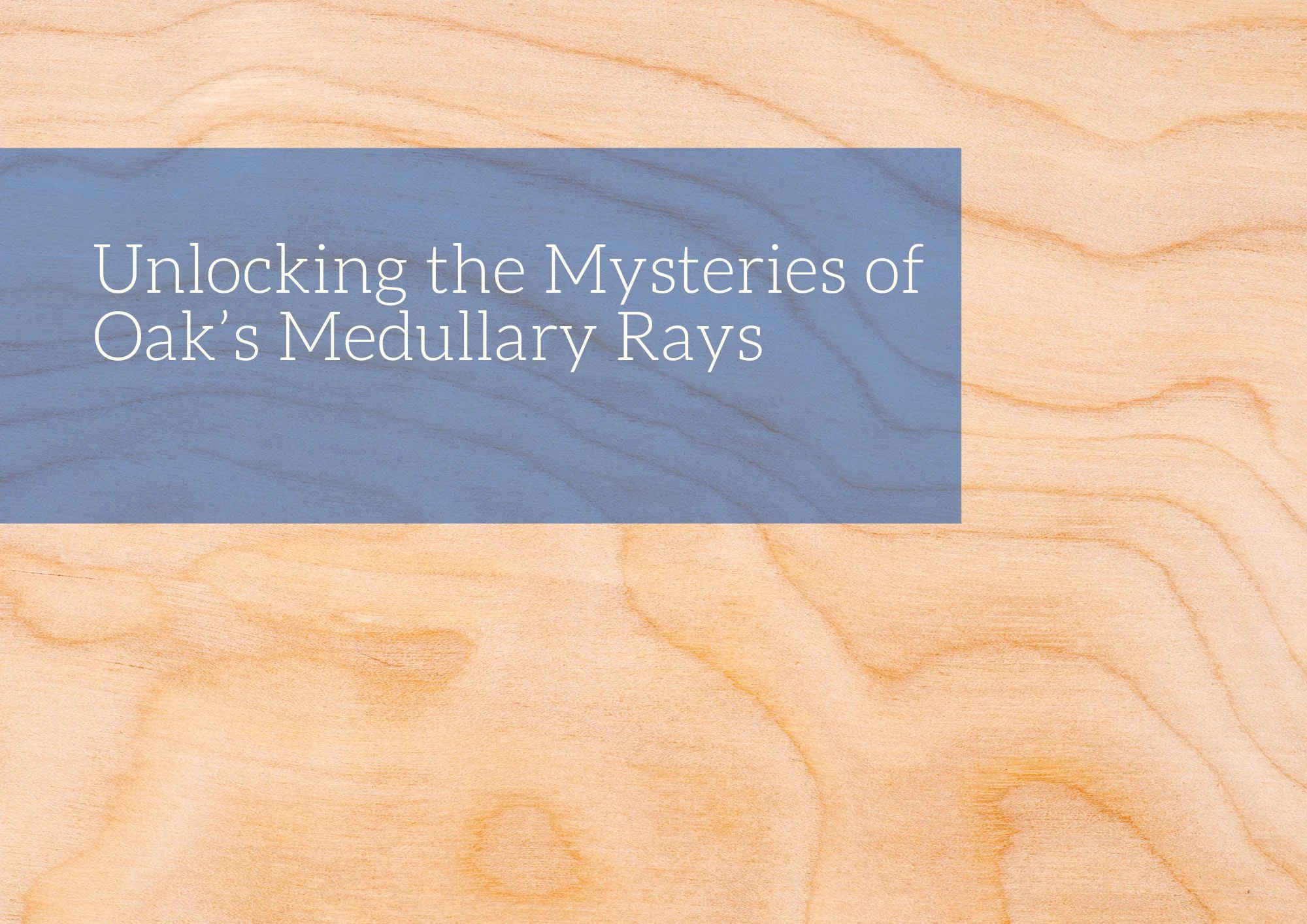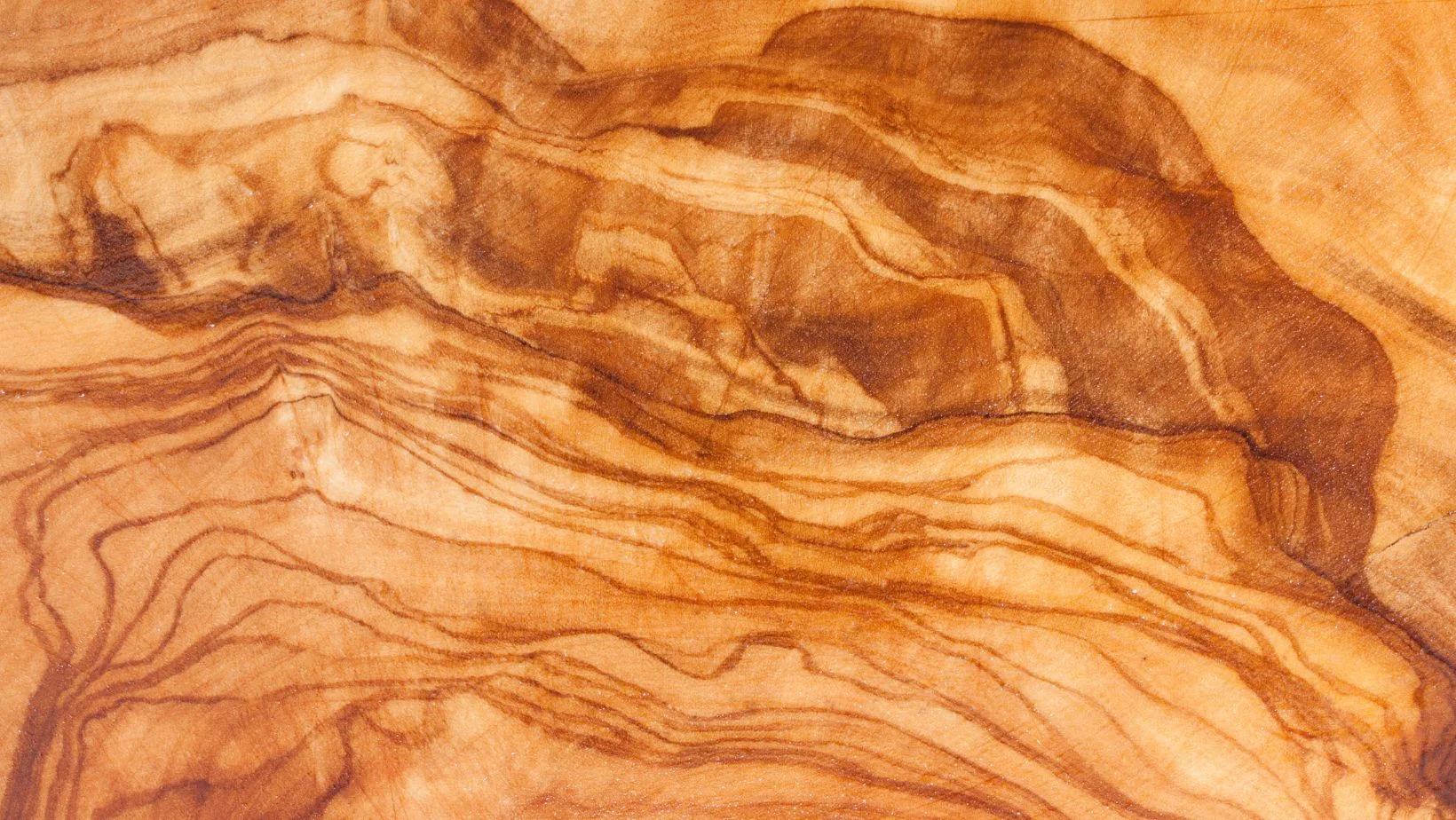Oak, revered for its strength, beauty, and versatility, holds within its grain a hidden marvel—the medullary rays. Often overlooked, these intricate structures play a crucial role in defining the character and quality of oak wood. In this exploration, we delve into the fascinating world of oak’s medullary rays, unraveling their mysteries and uncovering their significance in woodworking.
Understanding Medullary Rays
Medullary rays, also known as pith rays or wood rays, are radial structures that traverse the cellular structure of oak wood. Originating from the tree’s pith or central core, these rays extend outward towards the bark, intersecting with the tree’s growth rings. While they may appear as subtle lines or flecks on the surface, medullary rays contribute significantly to the unique appearance and durability of oak lumber.
What Causes Medullary Rays?
Medullary rays, delicate ribbon-like structures formed by specialized plant cells extending from the tree’s core or growth rings, serve a crucial role in sap transport throughout the trunk and facilitate growth. Upon cutting the trunk, these cells impart silvery lines onto the sawn surface, which become more pronounced after polishing, lacquering, or oiling the wood.
It’s common for medullary rays to be mistaken for wood damage or defects, but in reality, they indicate that the furniture piece was crafted from premium and often pricier quarter-sawn wood.
In the realm of logging and carpentry terminology, oak trees are typically sawn in two manners:
1. Plain Sawing (Tangential Sawing): This method maximizes the amount of wood extracted from the trunk, making it the fastest timber production technique with minimal waste, hence a preferred harvesting method.
2. Quarter Sawing: While slower and resulting in less wood yield, quarter sawing is often considerably more expensive. However, due to the orientation of growth rings in the tree, quarter-sawn wood is notably stronger and displays a higher density of medullary rays on its surface.
Visual Impact
One of the most striking features of oak’s medullary rays is their visual effect on the wood’s appearance. When cut or polished, these rays often exhibit a distinctive figure, commonly referred to as ray fleck or ray figure. This phenomenon manifests as shimmering bands or patches of light and dark hues, creating a captivating interplay of light and shadow on the wood’s surface. This unique aesthetic quality enhances the allure of oak in various woodworking applications, from furniture making to flooring and beyond.
In unlocking the mysteries of oak’s medullary rays, we gain a deeper appreciation for the inherent beauty and complexity of this revered hardwood. From their structural significance to their visual impact, these enigmatic elements enrich the world of woodworking, inspiring craftsmen and enthusiasts alike. As we continue to explore the intricacies of nature’s design, let us marvel at the enduring legacy of oak’s medullary rays, a testament to the timeless allure of this remarkable tree species.










